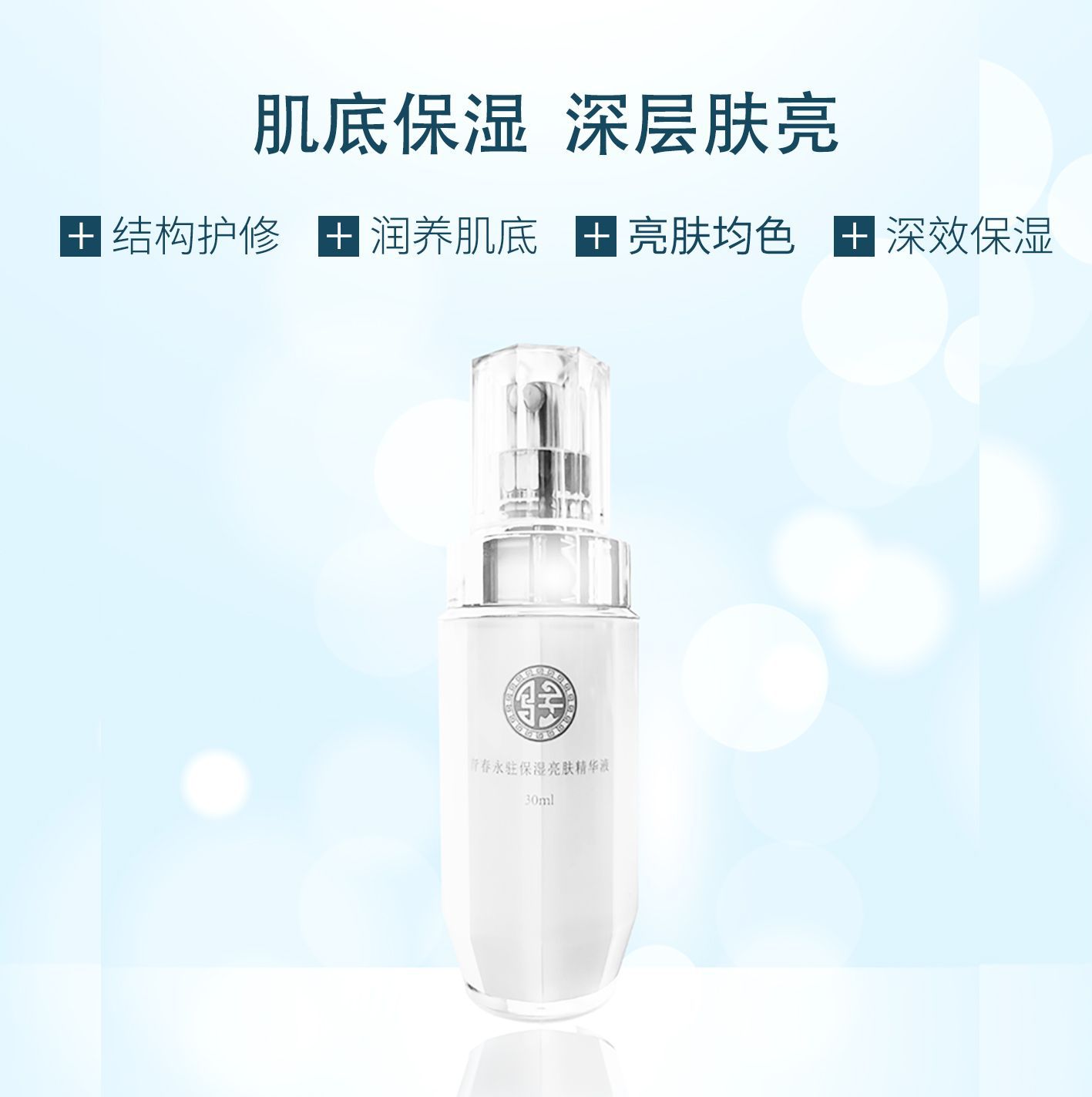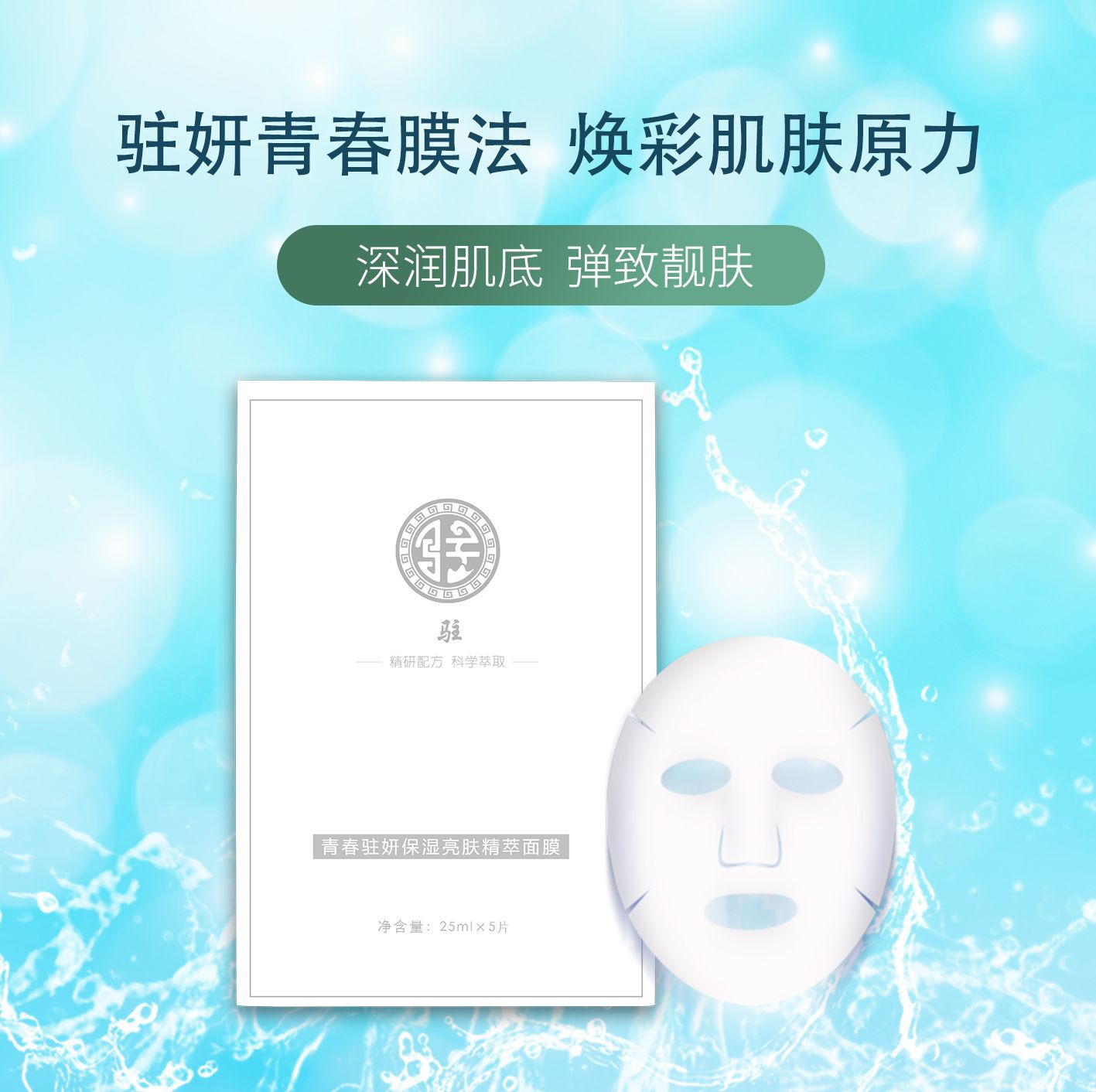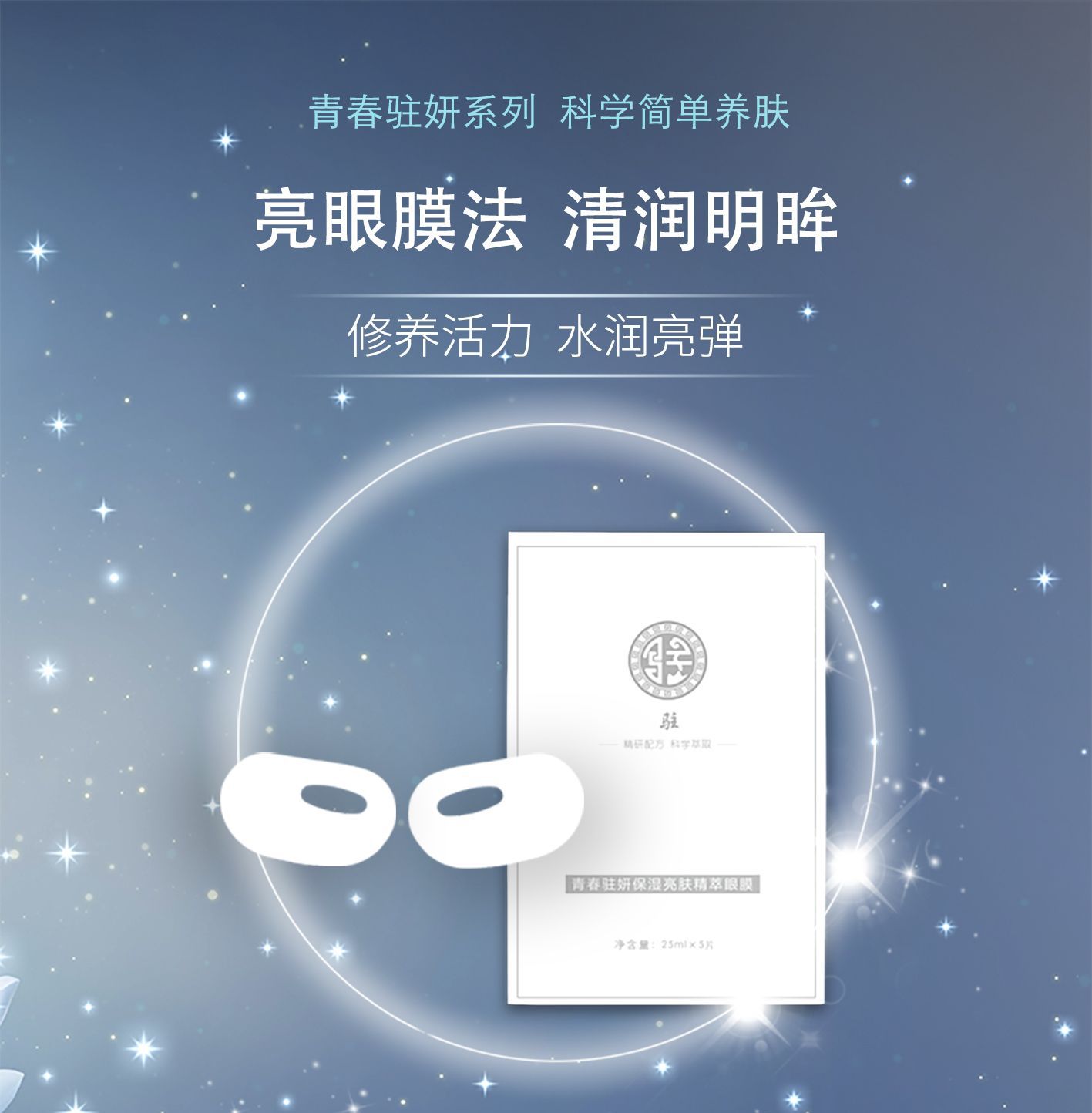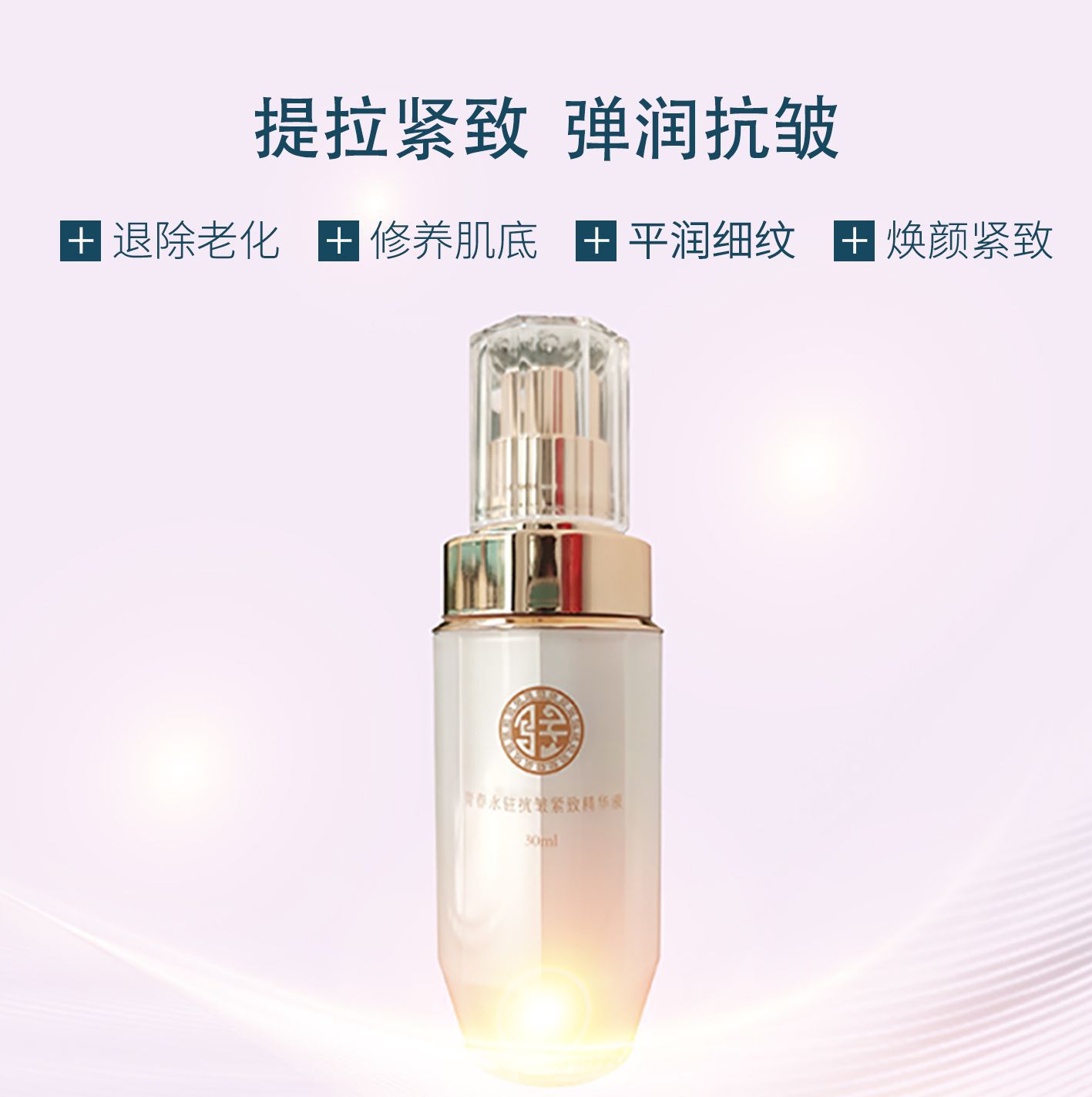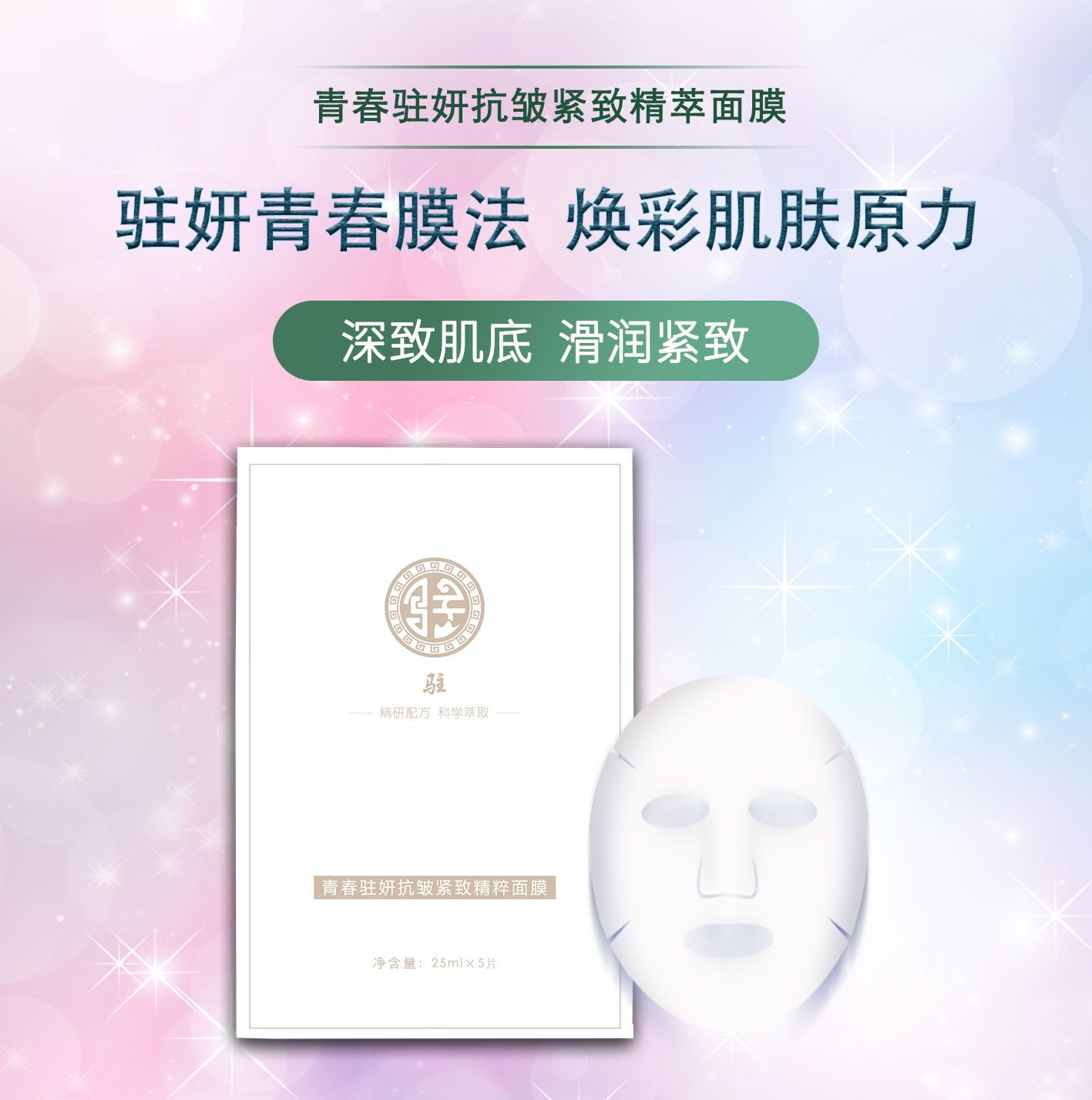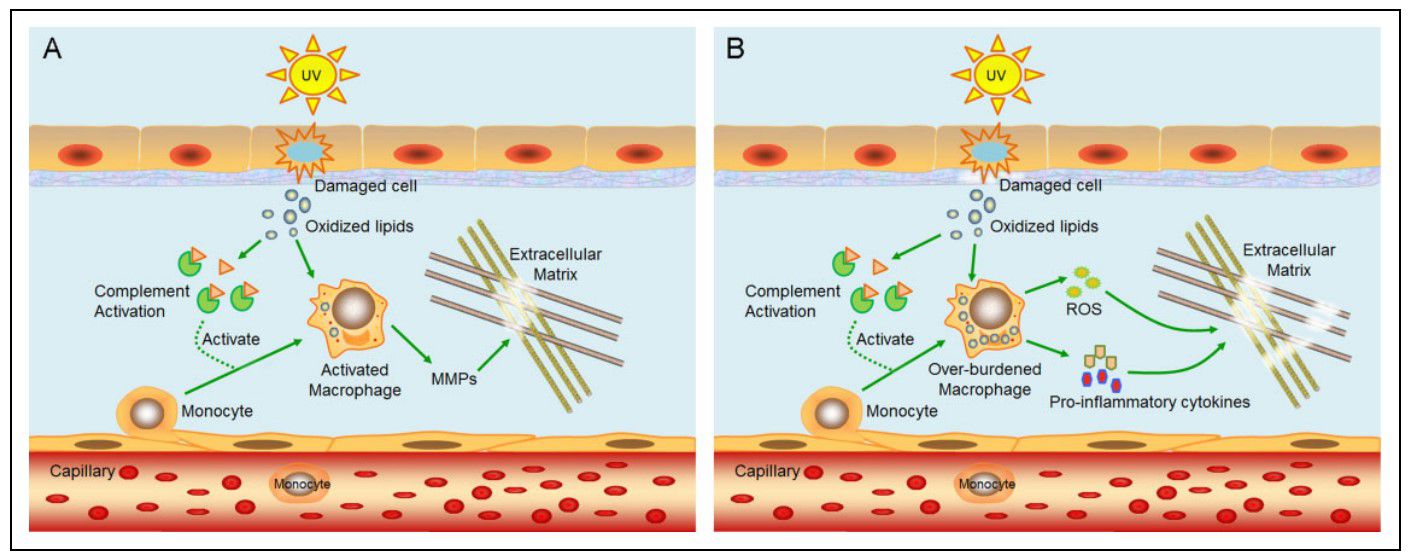专注医研30年,专注炎性衰老
- 青春永驻保湿亮肤精华
- 青春驻妍保湿亮肤面膜
- 青春驻妍保湿亮肤精萃眼膜
- 青春驻妍抗皱紧致精华液
- 青春驻妍抗皱紧致面膜
- 青春驻妍抗皱紧致眼膜
专业科研团队 历时30年积累
炎性衰老(inflammaging)是皮肤衰老的主因。
炎性主要来自细胞代谢及光照辐射等。
炎性衰老伴随肌肤每1秒。
慢性低度炎症是导致衰老的主因。(1)学界称之为炎性衰老( inflammaging),其在和年龄相关的各类疾病中发挥重要作用,包括二型糖尿病、阿尔兹海默病、心脑血管疾病、骨质疏松和皮肤老化。(2)
实验证明,紫外线辐射会诱发表皮细胞的氧化应激反应,导致表皮细胞受损并释放氧化的脂质。(3)这些受损的细胞和氧化脂质被免疫系统中的补体系统识别并引起炎症,导致巨噬细胞的激活以去除受损细胞和氧化脂质。(4)被激活的巨噬细胞释放基质金属蛋白酶 (MMPs) 降解细胞外基质。反复的紫外线照射会过度激活补体系统,导致真皮层和表皮层的连接被破坏,同时巨噬细胞也因过多的氧化脂质而不堪重负。超负荷工作的巨噬细胞会大量释放促炎症因子和活性氧( ROS )(5)前者引起慢性炎症和造成对真皮的长期损害,而后者触发的氧化应激反应会损伤真皮细胞的外基质。(6)
研究表明通过抗炎治疗可显著降低促炎症因子的表达,特别是环氧合酶-2(COX-2)的表达,其通常在皮肤慢性炎症反应中起主要作用。此外,皮肤衰老相关的蛋白,包括弹性蛋白(elastin)和前胶原C端蛋白(procollagen C-proteinase),都在胶原蛋白的生成中起重要作用。这些蛋白会在紫外线照射后被强烈抑制,但可以通过抗炎治疗恢复正常水平。(7)
植物精粹成分 退除老化反应
亘禾健康
分享简单•分享科学•分享健康
科学美肤,请添加亘禾专家微信号咨询:
1、Blanpain C, Fuchs E. Epidermal stem cells of the skin. Annu Rev Cell Dev Biol. 2006;22:339–373.
2、Fougere B, Boulanger E, Nourhashemi F, Guyonnet S, Cesari M. Chronic inflammation: accelerator of biological aging. J Gerontol A Biol Sci Med Sci. 2017;72(9):1218–1225.
3、Zhuang Y, Lyga J. Inflammaging in skin and other tissues—the roles of complement system and macrophage. Inflamm Allergy Drug Targets. 2014;13(3):153–161.
4、Yoshida Y, Kang K, Berger M, Chen G, Gilliam AC, Moser A, Wu L, Hammerberg C, Cooper KD. Monocyte induction of IL10 and down-regulation of IL-12 by iC3b deposited in ultraviolet-exposed human skin. J Immunol. 1998;161(11): 5873–5879.
5、Handoko HY, Rodero MP, Boyle GM, Ferguson B, Engwerda C, Hill G, Muller HK, Khosrotehrani K, Walker GJ. UVBinduced melanocyte proliferation in neonatal mice driven by CCR2-independent recruitment of Ly6c (low) MHCII(hi) macrophages. J Invest Dermatol. 2013;133(7):1803–1812.
6、Takahara M, Kang K, Liu L, Yoshida Y, McCormick TS, Cooper KD. iC3b arrests monocytic cell differentiation into CD1cexpressing dendritic cell precursors: a mechanism for transiently decreased dendritic cells in vivo after human skin injury by ultraviolet B. J Invest Dermatol. 2003;120(5):802–809.
7、Suh SS, Hwang J, Park M, Seo HH, Kim HS, Lee JH, Moh SH, Lee TK. Anti-inflammation activities of mycosporinelike amino acids (MAAs) in response to UV radiation suggest potential anti-skin aging activity. Mar Drugs. 2014;12(10): 5174–87
2、Fougere B, Boulanger E, Nourhashemi F, Guyonnet S, Cesari M. Chronic inflammation: accelerator of biological aging. J Gerontol A Biol Sci Med Sci. 2017;72(9):1218–1225.
3、Zhuang Y, Lyga J. Inflammaging in skin and other tissues—the roles of complement system and macrophage. Inflamm Allergy Drug Targets. 2014;13(3):153–161.
4、Yoshida Y, Kang K, Berger M, Chen G, Gilliam AC, Moser A, Wu L, Hammerberg C, Cooper KD. Monocyte induction of IL10 and down-regulation of IL-12 by iC3b deposited in ultraviolet-exposed human skin. J Immunol. 1998;161(11): 5873–5879.
5、Handoko HY, Rodero MP, Boyle GM, Ferguson B, Engwerda C, Hill G, Muller HK, Khosrotehrani K, Walker GJ. UVBinduced melanocyte proliferation in neonatal mice driven by CCR2-independent recruitment of Ly6c (low) MHCII(hi) macrophages. J Invest Dermatol. 2013;133(7):1803–1812.
6、Takahara M, Kang K, Liu L, Yoshida Y, McCormick TS, Cooper KD. iC3b arrests monocytic cell differentiation into CD1cexpressing dendritic cell precursors: a mechanism for transiently decreased dendritic cells in vivo after human skin injury by ultraviolet B. J Invest Dermatol. 2003;120(5):802–809.
7、Suh SS, Hwang J, Park M, Seo HH, Kim HS, Lee JH, Moh SH, Lee TK. Anti-inflammation activities of mycosporinelike amino acids (MAAs) in response to UV radiation suggest potential anti-skin aging activity. Mar Drugs. 2014;12(10): 5174–87
继续阅读




